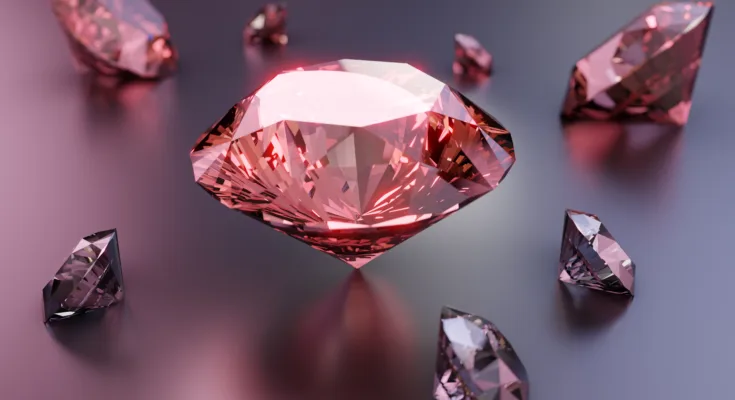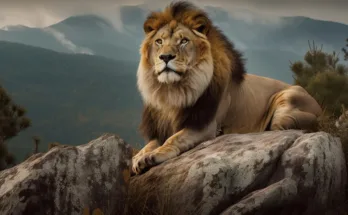Diamonds are some of the most desired stones in the world, characterised by their beauty, strength and rarity. Diamonds have become the most important jewel in human history starting from adorning engagement rings, to cut through hardest materials among others.
Formation of Diamonds
Natural Process
Diamonds are formed deep in the Earth’s mantle under high pressure and temperature over a period of millions of years. The arrangement of carbon atoms in a crystalline structure leads to the formation of diamonds.
Laboratory-Created Diamonds
Technological developments have enabled the production of diamonds in laboratories whereby replicating the natural process under controlled environment. Lab-grown diamonds have similar physical and chemical qualities compared to natural ones.
Characteristics of Diamonds
Hardness
Diamond ranks as the hardest naturally occurring mineral on Earth, registering a perfect score of 10 in terms of Mohs scale. Diamonds have this perfect hardness, which makes them suitable for many industrial uses such as cutting, grinding and drilling.
Brilliance
The brightness of a diamond is its ability to reflect light and shine. Brilliance of these valuable stones is determined by cut, clarity and polish that make it a sparkling jewel.
Color
Colorless to fancy vivid hues such as pink, blue and yellow are found in diamonds. Trace elements or structural defects play a role in determining the color of diamonds.
Clarity
The clarity of the diamond represents the presence of internal defects and external blemishes. The diamonds with low or lack of inclusions and blemishes are more valuable due to their degree of clarity and transparency.
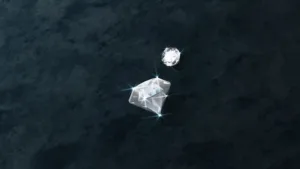
Famous Diamonds in History
The Hope Diamond
The Hope Diamond is a massive, deep-blue diamond of the lineage that has been famous for its curse and tales associated with it. At present, it made Crystal Hall which is located in the Smithsonian National Museum of Natural history.
The Koh-I-Noor Diamond
Since the Koh-i Noor Diamond means, “The Mountain of Light” its history has been filled with turbulence, which traces back for more than one hundred years and changing rules. It now constitutes one of the British Crown Jewels.
Diamond Mining
Locations
Diamonds are mined all over the world in many different places such as Africa, Australia, Russia and Canada among other countries. All the regions have characteristic geological formations which aid in mining of diamonds.
Environmental Impact
The environmental impacts of diamond mining could be on a huge scale, which involves habitat loss, soil erosion and water pollution. Various initiatives have been put in place to minimize the negative impacts though responsible mining and restorations efforts.
Industrial Uses of Diamonds
Diamonds are widely used in jewelries and beyond that they have industrial uses. They have been incorporated in cutting tools, abrasives, precision machining even electronics because of their thermal conductivity features.
Symbolism and Cultural Significance
Right from early times, the diamond has been a symbol of wealth and status as well as love. Generally, diamonds are linked to purity and strength as well in the long-term commitment, making them suitable ring for engagement rings.
Investment Value of Diamonds
The diamonds may also be considered as investment assets, the price of which is determined by features such as only availability, size; hue and fairness. For some investors, diamonds have been a hedge against inflation and market instability.
Diamond Jewelry Trends
The demand for diamond jewelry is also changing; trends are moving towards designed to order, more ethical and sustainable options. The consumer market is demanding increasingly in transparency and authenticity with respect to jewelry that they purchase.
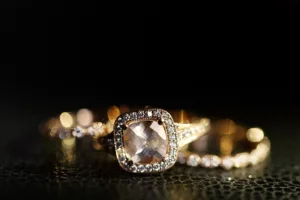
Diamonds in Pop Culture
Through the likes of movies, music and magazines diamonds have become a beautiful signature in our popular culture leaving an indelible impression on all. Often they are depicted as objects of beauty and wealth.
Myths and Legends Surrounding Diamonds
Historically, diamonds have been surrounded by myths and legends with some people attributing unreal powers to them from the supernatural nature. This makes these stories contribute to the intrigue and mystery associated with diamonds.
Ethical and Conflict-Free Diamonds
These concerns have resulted to certification schemes like the Kimberley system aimed at ensuring that diamond abides by ethical principles of sourcing and strives not to promote conflict or a case where human rights are violated.
Caring for Diamonds
The diamonds must be kept in good shape to retain their beauty and brilliance. Jewelry containing diamonds needs regular cleaning and professional inspections to prevent further damage and preserve the value.
Interesting Diamond Facts
- The biggest diamond ever found is Cullinan Diamond which has a weight of more than 3,100 carats.
- Diamonds are made of carbon and are formed under very high pressure and temperature.
- The word diamond comes from the Greek word adamas, which means invincible or unbreakable.
- Diamonds were first discovered in India more than 3,000 years ago.
- Some diamonds exhibit fluorescence under ultraviolet light, which gives them a soft glow known as fluorescence.
Conclusion
The diamonds mesmerize us with their beauty, scarcity and eternal meaning. Diamonds have always been, and are still charming today, from ancient civilizations to our contemporary society; as long-lasting symbols of love, luxury and honor.
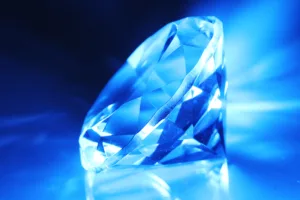
FAQs
Q: Are lab-grown diamonds natural?
A: Indeed, lab-grown diamonds have the same chemical and physical characteristics as natural diamonds so that they are genuine diamonds.
Q: What is the distinction between carat and karat?
A: “Carat” stands for the weight of a diamond or gemstone, whereas “karat” means the purity of gold.
Q: Can diamonds be destroyed?
A: However, although diamonds are very hard wearing, they can be broken under high pressure or heat.
Q: Are all diamonds from Africa?
A: No, the diamonds are mined in several parts of the world such as Africa, Australia, Russia and Canada.
Q: How can I determine if a diamond is ethically procured?
A: Find certified diamonds from recognized organizations such as Kimberley Process that guarantees ethical sourcing and trade of the stones.

